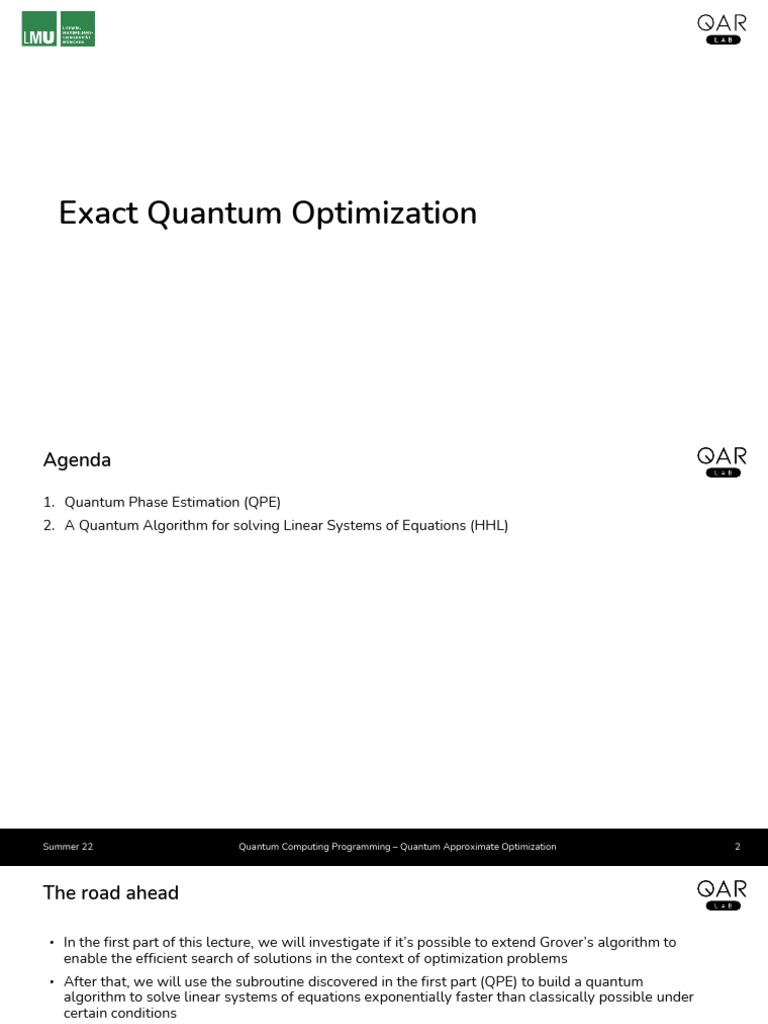Quantum computing stands at the avant-garde of technological advancement, captivating the imagination of scientists, engineers, and enthusiasts alike. With its roots embedded deeply in the principles of quantum mechanics, the field presents a paradigm shift from traditional classical computing. Understanding the absolute basics of quantum computing necessitates a deep dive into its fundamental principles, essential components, and nature of computation.
At its core, quantum computing utilizes qubits—quantum bits—differentiating them radically from classical bits. Classical bits, the foundational units of information, exist in a binary state: either a 0 or a 1. In stark contrast, qubits embody the unique properties of superposition and entanglement. Superposition enables qubits to exist simultaneously in multiple states, thus exponentially enhancing computational power. This characteristic allows a quantum computer to execute numerous computations concurrently, unlike classical computers, which thrive on sequential processing.
Moreover, the intertwining of qubits through entanglement introduces a profound form of correlation that transcends classical limitations. When qubits become entangled, the state of one qubit becomes dependent on the state of another, no matter the distance separating them. This phenomenon allows quantum computers to perform complex calculations at unprecedented speeds, illuminating pathways to solve problems deemed intractable for classical strategies.
Yet, the allure of quantum computing is not solely rooted in its technical prowess; it also elicits a fascination borne from the philosophical implications of quantum mechanics itself. At a fundamental level, quantum computing compels us to reconsider our understanding of information, reality, and the very fabric of existence. The idea that information can exist in a state of indeterminacy, only crystallizing into a specific state upon measurement, invites myriad questions about determinism and the nature of reality.
Central to the functionality of quantum computers are quantum gates, the building blocks of quantum circuits. Analogous to classical logic gates, which perform operations on bits, quantum gates manipulate qubits by utilizing the principles of superposition and entanglement. The operations facilitated by quantum gates are characterized by their unitary nature, ensuring that quantum information is preserved throughout computation. This preservation is vital, as quantum states are notoriously delicate and can be easily disrupted by external environmental factors—a phenomenon referred to as decoherence.
The overarching structure of quantum algorithms is yet another cornerstone of quantum computing. Prominent algorithms such as Shor’s algorithm, which efficiently factors large integers, and Grover’s algorithm, which provides quadratic speedup for unstructured search problems, epitomize the potential of quantum computing. These algorithms illustrate not merely improvements in computational speed but also a fundamental shift in how we approach problem-solving across varied domains, including cryptography, optimization, and artificial intelligence.
However, the road to practical quantum computing is fraught with challenges. The notorious fragility of qubits, due to decoherence and noise, presents formidable obstacles in maintaining error-free computations. Engineers and physicists are relentlessly pursuing fault-tolerant quantum computing, which necessitates the development of error-correcting codes specifically tailored for quantum information. The quest for scalable quantum systems continues, emphasizing the necessity for robust quantum hardware, including superconducting qubits, trapped ions, and topological qubits.
Moreover, the distinction between quantum and classical computing necessitates a re-evaluation of computational paradigms. Quantum advantage, the point at which a quantum computer outperforms its classical counterpart, hinges on the nature of specific problems. While certain instances reveal rapid computational enhancements, others reaffirm the efficacy of classical methods. Thus, a nuanced understanding of the interplay between the two realms emerges, driving innovation in hybrid computing models that synergize both quantum and classical resources.
As quantum technologies burgeon, burgeoning applications are emerging across diverse sectors. Quantum simulation offers profound implications for fields such as materials science and drug discovery, enabling the modeling of complex molecular interactions that classical computers struggle to handle. In finance, quantum algorithms are poised to revolutionize risk analysis and portfolio optimization, ushering in an era of enhanced computational models that could profoundly impact economic stability and growth.
In summary, the absolute basics of quantum computing encompass a rich tapestry of concepts rooted in quantum mechanics, computational theory, and engineering challenges. The dual characteristics of qubits embodying superposition and entanglement serve as the foundation for quantum advantage, a tantalizing glimpse into a future where computational limitations may be transcended. As we stand on the precipice of this revolutionary frontier, the pursuit of quantum computing not only evokes awe but also beckons us to ponder the broader implications of harnessing the complexities of nature to enhance human endeavors.












